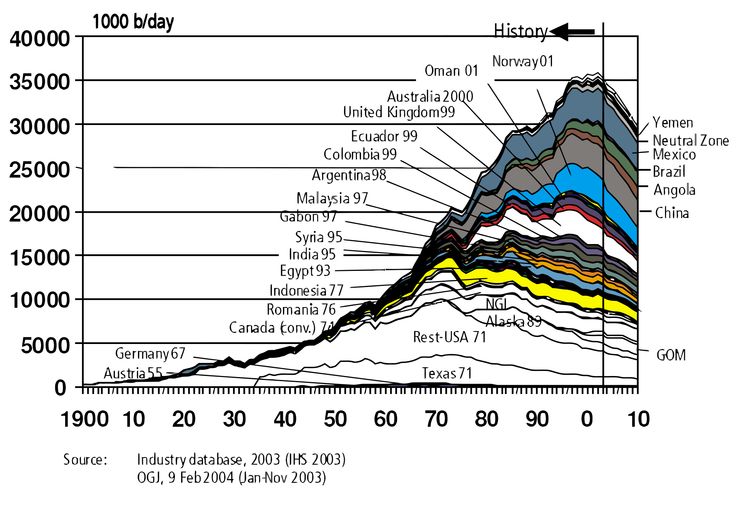

The vast majority of leasing, drilling, and production happens on private and state lands.Įven though slightly more than 20 percent of U.S. That production goes forward, unimpeded by the pause on federal oil and gas leasing.Īmerica Has One Million Producing Oil and Gas Wells-90 Percent Aren’t Federal oil and gas production takes place on state and private lands. production coming from federal lands and waters has declined. Over the past decade, the share of overall U.S. Nationally, these volumes represent 23.6 percent of daily oil production (national total = 12.2 million bpd in 2019) and 11.2 percent of daily gas production (national total = 111.5 billion cubic feet/day in 2019). Oil and gas production on federal lands and waters currently stands at 2.9 million barrels/day (bpd) of oil and 12.5 billion cubic feet of gas/day. And it's certainly not about energy security. The surge in drilling is about chasing industry profits, not serving consumer demand. has surged over the past decade, even as U.S. Oil and Gas Productionĭomestic o il and gas drilling in the U.S. Public Lands Contribute a Small Sliver to Overall U.S.
#States oil production plus#
In fact, those states plus six more-Arizona, California, Idaho, Montana, Nevada, and Oregon-account for 80 percent of the onshore acres the federal government leases nationally. Most federal oil and gas leasing takes place in just four states: Wyoming, New Mexico, Utah, and Colorado. Onshore Federal Leasing Mostly Affects a Handful of States. Which means, of course, that industry's current stockpile of excess leases and drilling permits is likely to leave it with access to more oil than it will ever have economic reason to produce.

As discussed below, demand trends driven by the science of climate change are clear that we must cut carbon pollution from fossil fuels in half over the next decade-a shift that will require accelerating the transition of our energy and transportation systems away from fossil fuel. In fact, analysis of the timeline for drilling federal oil and gas leases suggests that, despite claims of immediate and severe job losses, the industry is likely sitting on up to a 10-year cushion of unused leases and drilling permits. That is 38 million acres leased-an area the size of Georgia-with 15 million acres currently being drilled-an area slightly larger than West Virginia.ĭid President Biden’s order affect these leases or ban drilling of them? No. Offshore, oil and gas producers lease an additional 12 million acres of federally managed oceans, but only 20 percent of that acreage h as any drilling. Of these, 50 percent h ave never been drilled. Oil and gas companies have 26 million acres of leases on federal public lands on their ledgers and baked into their long-term plans. It applies to actions not yet taken, and in most cases, not even planned. Among many actions spanning the entire federal government, the order places a pause-not a ban-on new oil and gas leases. President Biden’s executive order focused on climate change is forward-looking.

Industry Already Leases Tens of Millions of Acres of Federal Lands President Biden’s directive to the Interior Department, on January 27, to pause the sale of new federal oil and gas leases gives us a chance to reconsider and fix our broken system of leasing on public lands and federal waters. With research and writing from Aaron Rosenbluth and Diane Sanchez.


 0 kommentar(er)
0 kommentar(er)
